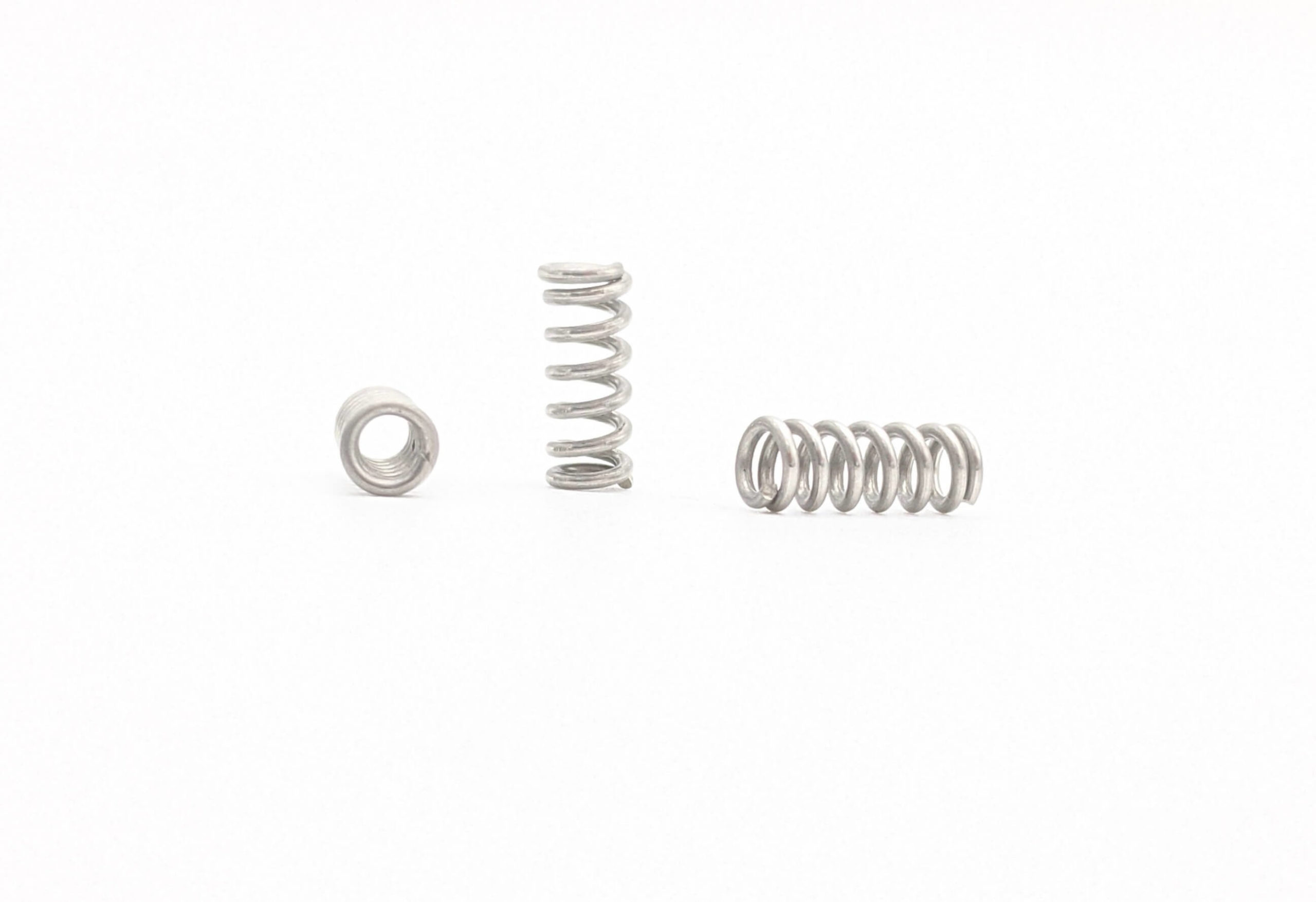Get unique, complex parts easily. No matter your requirements, Chaoyi Spring creates hard-to-produce coil springs and wire forms.
Let us help you create the custom wire form you need, from S-hooks and J-hooks to utility hooks and more.
We work closely with customers across a wide range of industries, helping them design and manufacture made-to-order parts.
Why choose Chaoyi Spring? We prioritize customer-focused collaboration, modern equipment and the latest technology to make your parts per print.
Find the information and guidance you need, from measuring a spring to learning about materials, placing an order and much more.
Linear wave springs, also known as constant force springs, are a unique type of spring that offers a consistent force over a large deflection range. Their unique design, characterized by


Linear wave springs, also known as constant force springs, are a unique type of spring that offers a consistent force over a large deflection range. Their unique design, characterized by a series of wave-shaped elements, provides a distinct advantage over traditional helical springs. These springs are finding increasing applications in various industries due to their high force density, compact size, and predictable performance. In this comprehensive guide, we delve into the intricacies of linear wave springs, exploring their design principles, diverse applications, and the benefits they bring to engineering solutions.

Linear wave springs are designed with a series of wave-shaped elements, typically made of metal, that are stacked and compressed. Unlike traditional helical springs, which rely on the twisting and coiling of a single wire, linear wave springs rely on the bending and straightening of the wave elements to generate force. As the spring is compressed, the wave elements progressively straighten, resulting in a consistent force output over a considerable deflection distance.
One of the key features of linear wave springs is their ability to maintain a near-constant force during compression. This consistent force output is achieved by the progressive straightening of the wave elements, resulting in a linear force-deflection curve. Unlike helical springs, which exhibit a nonlinear force-deflection curve, linear wave springs offer predictable and consistent force behavior, making them ideal for applications requiring precise force control.
The unique characteristics of linear wave springs have made them indispensable in various engineering applications. Their high force density and compact size are particularly beneficial in scenarios where space is limited. Here are some prominent examples of linear wave spring applications:
Linear wave springs offer several advantages over traditional helical springs, making them a preferred choice in various applications. These advantages include:
While linear wave springs offer numerous advantages, certain factors must be considered during selection:
Linear wave springs have emerged as a reliable and efficient solution for various engineering challenges. Their high force density, compact size, and predictable performance have made them a preferred choice in a wide range of industries. As technology continues to advance, we can expect to see even more innovative applications of linear wave springs, especially in areas like micro-actuation, robotics, and medical devices. The future of linear wave springs looks promising, with these springs poised to play a pivotal role in shaping the future of engineering design.
In conclusion, linear wave springs offer a compelling combination of high force density, compact size, and consistent force output, making them an excellent choice for various engineering applications. Understanding their design, applications, and advantages is crucial for selecting the right spring for your specific needs. As technology continues to evolve, linear wave springs are likely to play an even more prominent role in shaping the future of engineering innovation.
Browse some of the custom wire forms and springs that we manufacture. Don’t see what you need? We specialize in made-to-order products that meet your application requirements.
Visit Our GalleryNeed a custom wire form or coil spring? We make it work. Fill out the contact form and a representative will respond within 1 business day. If you have a PDF or CAD file, you can submit to request a quote.